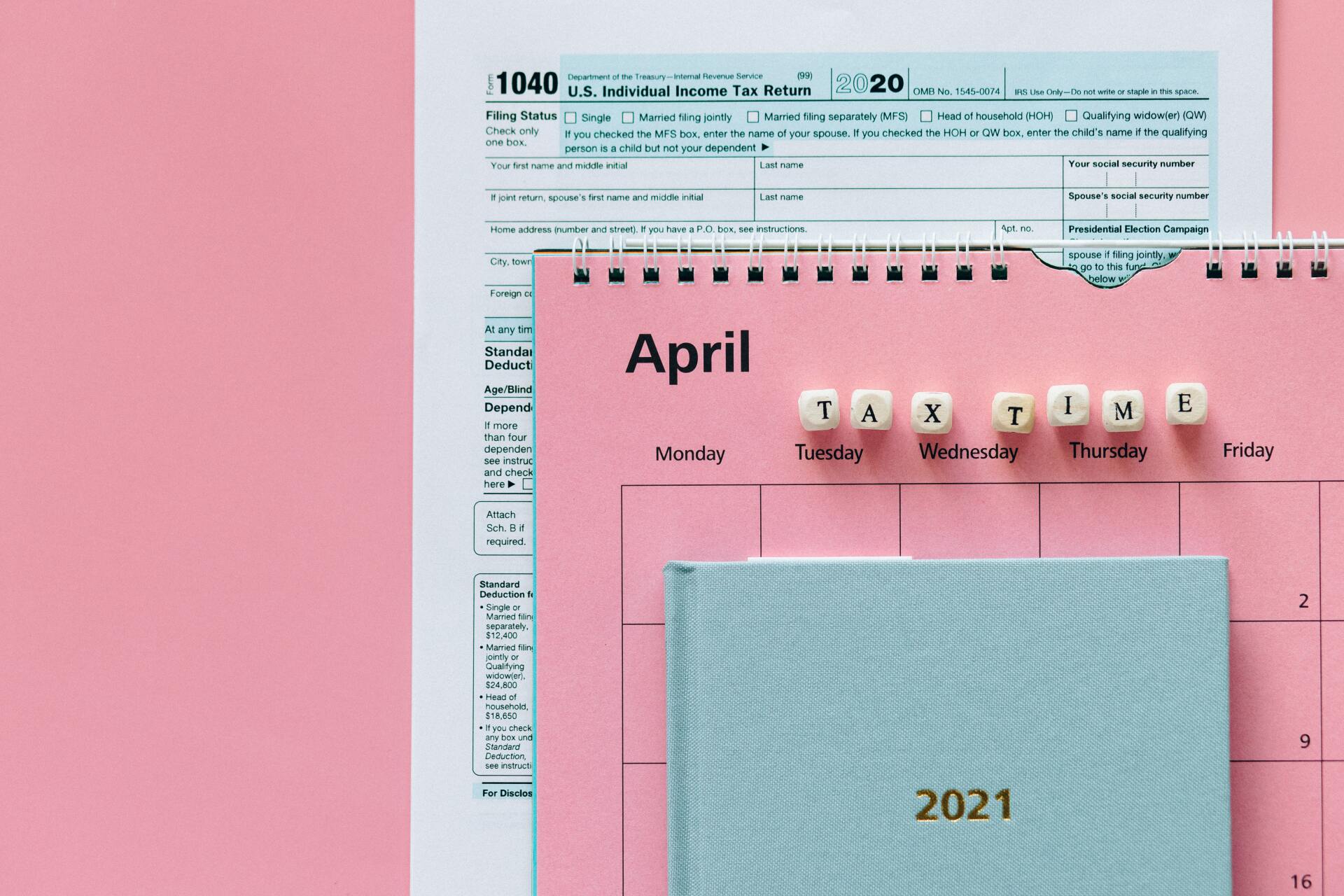December 6, 2024
Employee Elective Deferral Contributions Employees under the age of 50 who participate in 401(k) or 403(b) plans will be able to contribute up to $23,500 during 2025, which is an increase from the 2024 maximum of $23,000. The limit on catch-up contributions for people over 50 years old will remain at $7,500 for 2025; however plans implementing the new “super catch-up” rule will allow people between the ages of 60 – 63 to make additional catch-up contributions up to a maximum of $11,250. That means workers who are 50 or older can contribute up to $31,000 from their salary during the 2025 plan year (except for workers utilizing the super catch-up rule who can contribute up to $34,750.) For more on the super catch-up provision, please click here . DC Plan Annual Additions Limit The limitations for DC plans include both employee and employer contributions (safe harbor, match, profit sharing, etc.) The limit on contribution totals is $70,000 per participant for the 2025 plan year, which is an increase from the 2024 limit of $69,000. So, that’s a maximum of: o $77,500 including catch-up contributions for those over 50 years old o $81,250 including super catch-up contributions for those in the 60 – 63 age range Compensation Employee compensation limit for calculating contributions will rise from $345,000 to $350,000 and the HCE’s (Highly Compensated Employees) threshold for nondiscrimination testing will increase from $155,00 to $160,000. As a reminder, employers should convey these changes to their employees to encourage participation in the plan. It is also important to make sure your payroll system is up to date with the new 2025 employee contribution limits prior to the start of the year. To understand how these changes may affect your plan contact your pension consultant . To see the full chart of the 2025 Plan Limits, click here .










